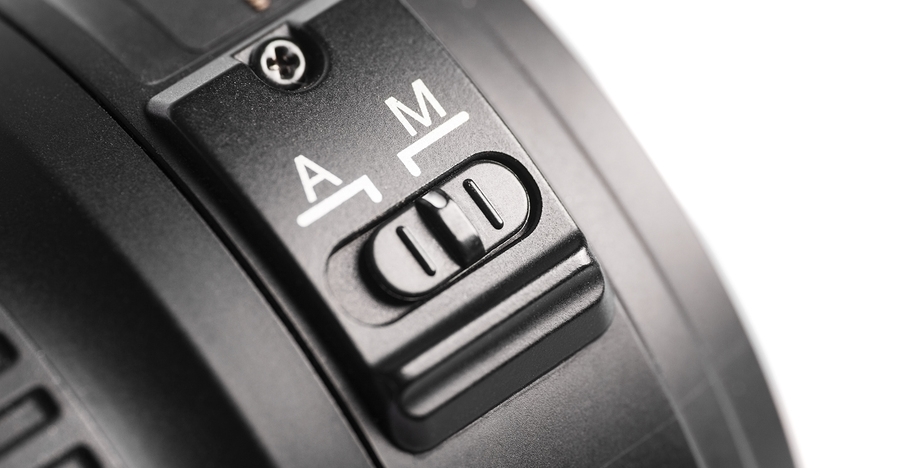The first one may seem counterintuitive at first.
When we’re talking about high speed action it seems like manual focus would be impossible. Creating a focus trap then shooting continuously while your subject moves across that point can give you the results you were looking to your autofocus mode for.
Stopping Action
There’s a very good reason (actual more than one) the best sports, motorsports and nature photographers use a very high-end DSLR camera: They need the best AF system available to help maintain focus of fast-moving subjects and objects and stop their action and be in focus. Even then, many of these pros often use manual focus. Most of us don’t shoot with those kinds of cameras, so whenever you want to capture action images, you can’t rely totally on the AF. Plus, the AF could actually fool you into thinking the moving object is in focus, and then change the focus point as you depress the shutter.
When using manual focus for action shots, a good method is to pre-focus on a spot in front of the subject/object, and then capture it when it moves into that space. This may take some practice, but you’ll like the results better than what AF will produce.No Contrast
When the tones, textures or colors of the subject and other objects and areas in a photo are the same AF is often unable to distinguish between what you want in focus and whatever else is in the photo that registers similarly, in terms of contrast value. For example, a black dog against a dark wall. Typically, you must manually focus on the dog to ensure it will be in focus and not the wall.
Low Light
Whenever the light is low—sunrise, sunset, twilight, night, cloudy days, dark interiors—an AF system can have difficulty locking focus simply because the environment is not producing enough light or there is not enough reflecting off surfaces. Any photography of the night skies also requires manual focus.
Close to Your Subject
During close-up or macro photography, your lens is very close to the subject, which narrows the depth-of-field to just inches or less. This shooting situation is often a challenge for AF, so manual focus is required to achieve the most accurate focus point on your macro subject.
Using Hyperfocal Distance
Study the best landscape photography and you’ll notice that both the foreground and background (and, of course, all the space between them) are sharply in focus. To achieve this, may require determining the hyperfocal distance. This is another instance where AF could be fooled, and refocus your image as you trip the shutter.
For 5 more reasons not to use autofocus see the original article over at Photography Talk


Great article 🙂
how about macro?
Absolutely Jim if you look at the bottom of the article is a link to the original where they cover 5 more. One of which is Macro.
I also recently put up an article on lens reversal for people new to macro.
I use to shoot conventions & had f11 @9ft & flash sinked & never worried everything was in focus without touching anything. It was great for weddings also.I never had pics out of focus & manual is all I used.
Himadri – OMG!!! MEI you are so incredibly BEAUTIFUL (And that is an unarestdtement)!!! What a dream come true! The pictures are AMAZING!!! It looked like SUCH an INCREDIBLE time!!! I am so happy for you and Stephen! Haha! I love that the flash mob worked out!!! All of the details came together SO WELL!!! LOVE EVERY SINGLE PICTURE!!! It made me feel like I was there!
I used lens reversal years ago .I figured with all the electronics it would not work.I had a reversal ring & would bracket shots., can you do it on the new digital cameras ? I need some how to link please?
Link did not work on macro lens reversal.
Jim, it mentions Macro. It was 4th one down. 🙂
Peter Judah
This explained what my problem has been, low light and little contrast in some situations. Thanks.
Some of those hacks are forbidden in Pakistan.
‘Most all the time…! In PROGRAM, the first thing you must do is to figure out what the darn thing’ll do, and then compensate for it.
This is hilarious. I learned photography with film and manual focus over 40 years ago. Anyone with a camera now thinks they are a photographer. I still shoot manual focus and don’t put my DSLR on auto anything. My pictures turn out just fine. You might learn something by turning off auto. Oh, and I used what was called “a darkroom”. No Photoshop. I learned how to get the shot right in the camera with only 36 chances.